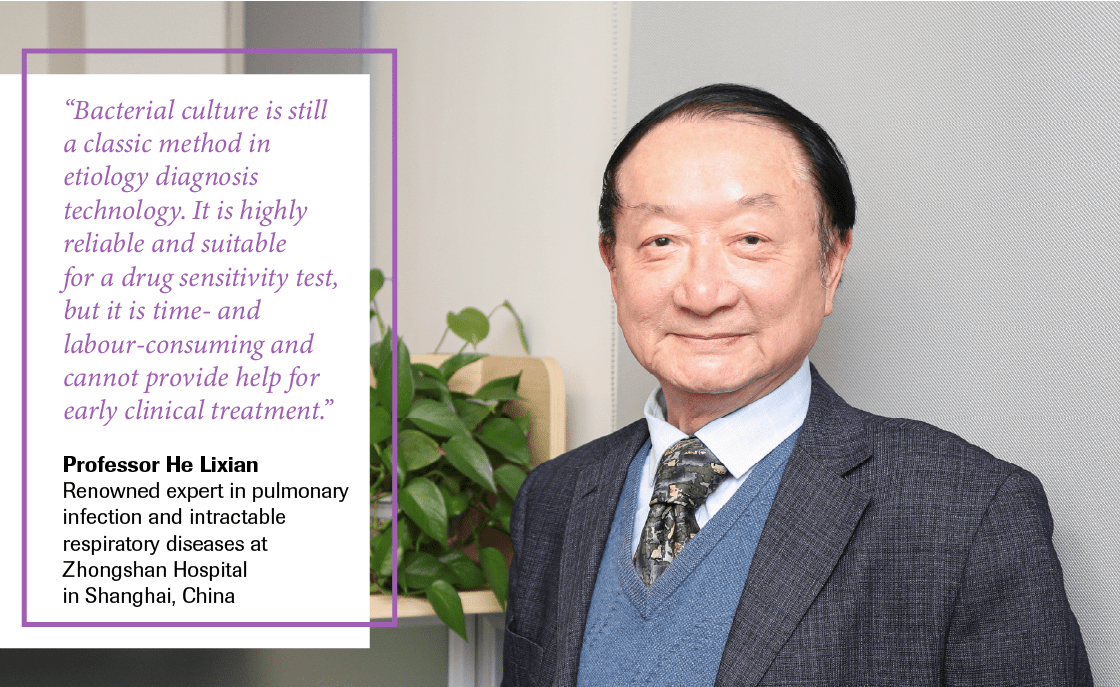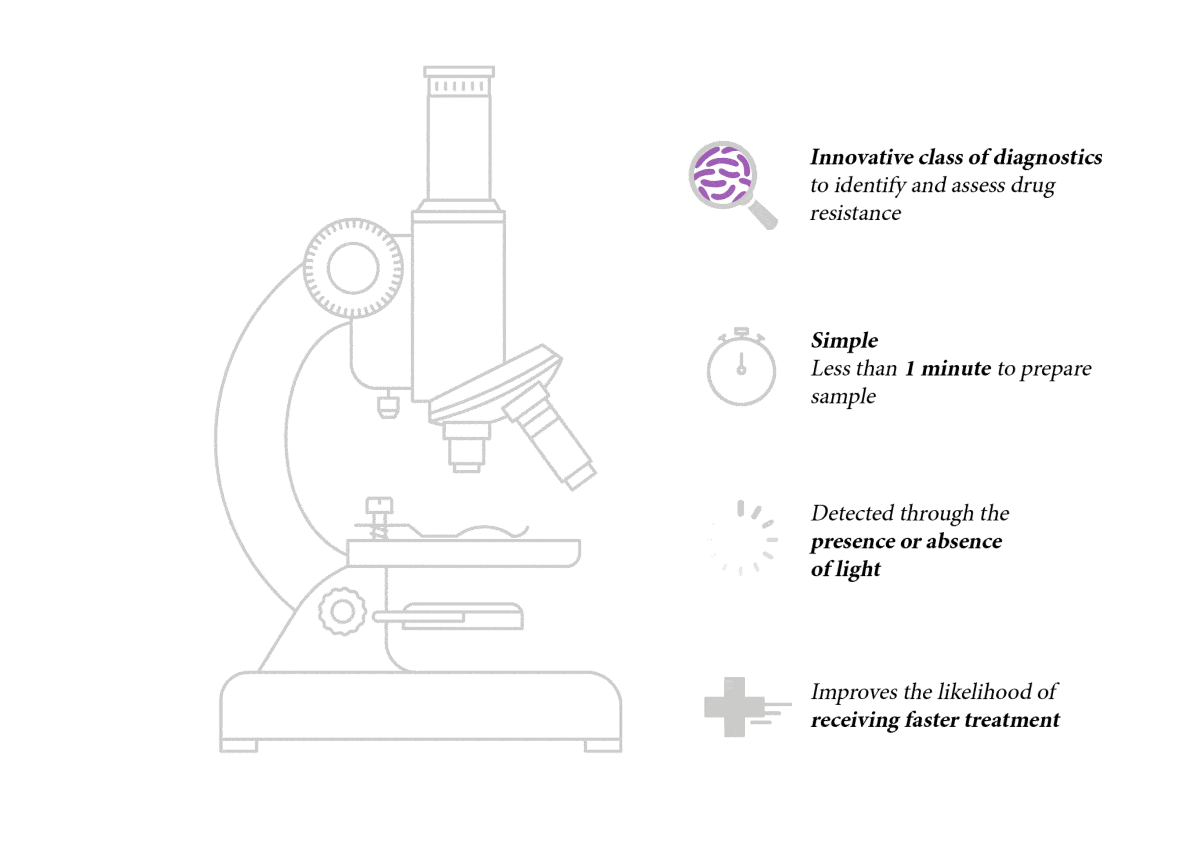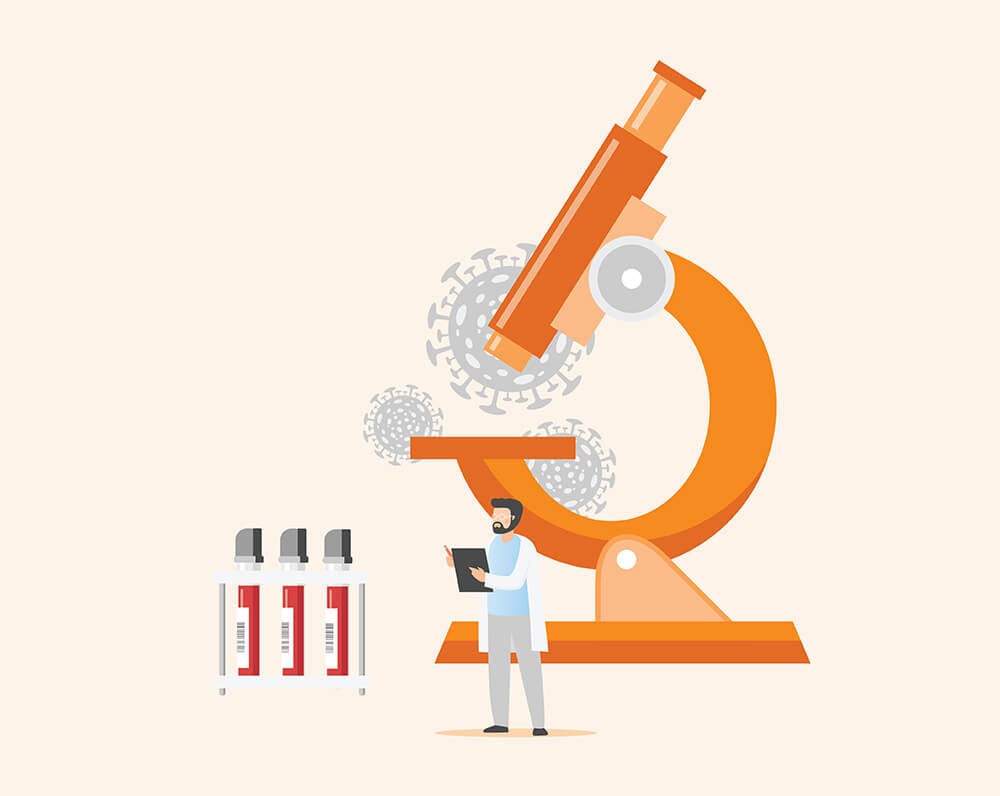In the fight against antimicrobial resistance, microbiology diagnostics will play a central role in winning the battle.
Now more than ever, infectious diseases represent an enormous challenge to global health. The recent COVID-19 outbreak has demonstrated how startlingly susceptible we are to a devastating pandemic. Furthermore, antimicrobial resistance (AMR) — the phenomenon of disease-causing pathogens becoming resistant to antimicrobials that were once effective treatments — is an ever-present and growing concern.

Read more about the threat of antimicrobial resistance in Asia.
Addressing these problems will take a broad-based effort and a full arsenal of weapons. Chief among them will be microbiology diagnostic tools. According to leading academics and experts, they will be essential to overcoming the threats posed by infectious diseases.
Fighting an age-old foe
For centuries, a primary focus of modern medicine has been to protect humans from disease-causing microorganisms. Such pathogens are nothing new; they have been around since life began on earth.
Our fight against these old foes continues today. But now, another fight — one against new and emerging pathogens — is of growing importance. Clinicians must improve their ability to identify these newcomers, and effectively treat those affected by them. And many experts believe that innovative microbiology diagnostic tools are critical to achieving that goal.

According to Professor He Lixian of Zhongshan Hospital in Shanghai, China, traditional testing methods, while effective, have significant limitations. “Bacterial culture is still a classic method in etiology diagnosis technology,” he says. “It is highly reliable and suitable for a drug-sensitivity test, but it is time- and labour-consuming and cannot provide help for early clinical treatment.”

Newly developed non-culture diagnostic technologies such as immunology (antigen and antibody) detection technology, mass analysis technology, and DNA detection etiology technology have shortened the detection time and provided some help for early treatment. But, Professor He says, “there are still many limitations, such as technical complexity, high-cost, and low specificity.” For those reasons, non-culture technologies should be considered to be supplementary measures — at least for now.
Other new options, like GeneWEAVE’s Smarticles technology, are showing promise. Smarticles detect drug-resistant infections by utilising engineered particles that bind to specific bacteria for identification and antibiotic resistance. This way, healthcare facilities get earlier answers about infections and can pinpoint treatment directly from clinical samples.
Next-Generation Sequencing (NGS) technology also has the potential to shift diagnostics from culture-based methods. Providing rapid and real-time analysis, NGS methods show universal identification potential without requiring predetermined pathogens by identifying pathogens through nucleic acids present in bacteria, fungi, and viruses.
Meanwhile, research and development of biomarkers, especially Procalcitonin (PCT), have opened up a new field for the evaluation of host response to infection and anti-infection treatment. Professor He notes that while such measures reduce the utilisation rate and duration of antimicrobial therapy, they do not solve the problems of improper selection of antibiotics.
Tackling a stubborn problem

The improper use — and overuse — of antibiotics continue to be a serious problem, as it strengthens the very enemy we are trying to fight.
Professor Peter Dedon, Lead Principal Investigator of Antimicrobial Resistance IRG (AMR IRG) at the Singapore-MIT Alliance for Interdisciplinary Research Group (SMART), says patient-doctor dynamics have helped perpetuate antimicrobial resistance (AMR). “When you go to the doctor, you obviously expect the doctor to do something,” he says. “And you are very upset if you get a bill and all he told you was to go home and have a cup of tea.” That is why, he says, the development and dissemination of rapid point of care diagnostics are so important.
Professor Peter Preiser — from Nanyang Technological University (NTU) and the AMR IRG at SMART — is optimistic that soon, diagnostic tools that distinguish among virus, parasite, and bacteria, as well as identify drug resistance, will be available. But, he says, they must be available to a wide audience to be effective.
“How do you get it into the doctor’s office?” he asks.
Professor Preiser adds that outreach is also critical to addressing the problem. His researchers have set up programming that joins education with engaging activities so that kids can discover the basics of AMR with their families. “It’s kind of a trickle-up process of enculturating antimicrobial resistance.”
Education will be a crucial part of any strategy to prevail over the threat posed by not only AMR but infectious diseases in general. At the height of the COVID-19 outbreak, for example, it became clear that educating the public on basic preventative measures was key to stemming the tide of infections.
More important still will be the widespread availability of innovative microbiology diagnostics that will enable rapid detection and diagnosis of new disease-causing microbes. Because, as we have learned in the past year, the most deadly threats facing the global population are the ones we do not yet know about.
Read more healthcare and diagnostics news at Roche Diagram Magazine.






